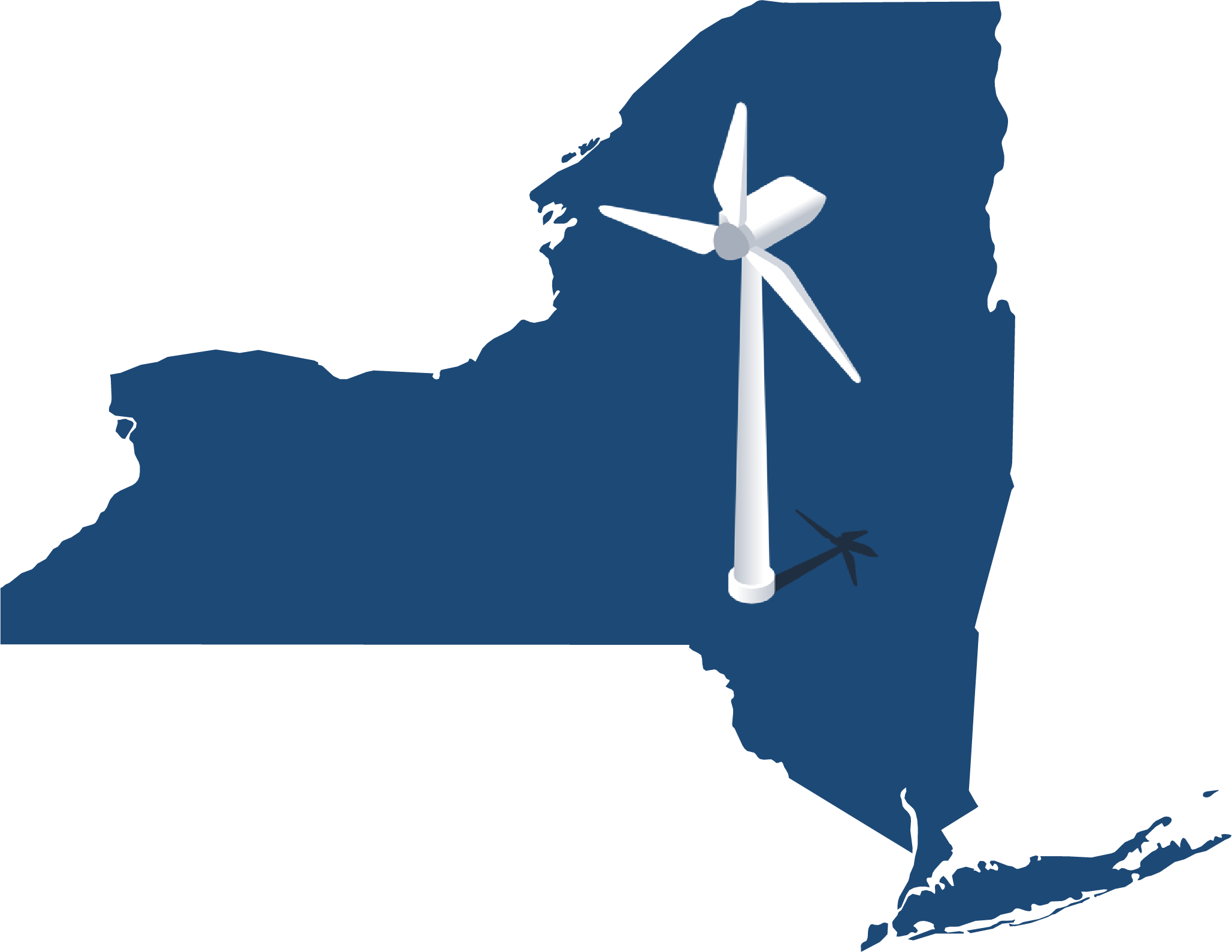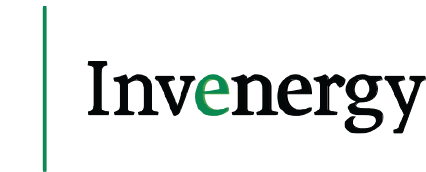Events & Updates
Economic Benefits
In the first 20 years of project operation, the Number Three Wind Farm is projected to pay millions of dollars in property taxes, lease payments to landowners, salaries to employees, and payments for local goods and services, resulting in a significant increase in economic activity in the Clinton County area. Benefits to schools and town and county governments will be realized from annual payments made under payment-in-lieu-of-tax (PILOT) and host community agreement payments.
annually
annually
Why New York?

New York has set ambitious targets to generate up to 50% of its electricity from renewable sources and to reduce greenhouse gas emissions by 40% by 2030. New York is starting with a significant base of renewable energy generation. Using sources such as hydropower, solar, and wind, New York percentage of renewable energy generation was 20% in 2010 and 22% in 2013. To reach 50%, New York plans to encourage installation of more wind, solar, and renewable generation and improved efficiency to reduce electricity consumption.
As of March 2017, over 1,800 MW of wind energy was operating in New York, generating enough electrictity to power over 600,000 New York households. This generation offsets the need to import or burn other fuels, helping to reduce fuel prices and air emissions.
Wind energy and other renewable energy projects generate substantial economic benefits for New York. A 2013 study by the New York Energy Research and Development Authority (NYSERDA) found that between 2005 and 2012, wind energy projects paid over $800 million dollars to New York businesses, landowners, and municipalities.
Wind Benefits New York
- Total Investment: Wind developers like Invenergy have invested over $3.7 billion in New York
- Annual Landowner Payments: Every year, wind farms in New York pay landowners $5 to 10 million
- Wind Industry Employment: The wind industry employs between 1,000 and 2,000 people in New York
- Wind Manufacturing Facilities: 9 facilities in New York produce electrical components utilized by the wind industry
Why Lewis County?
The Number Three Wind Farm is an unparalleled development opportunity for the host towns, with millions to be invested in the local economy over the life of the project. After careful evaluation, we selected this area for the project because of:
- A verified, strong wind resource;
- Existing transmission lines, minimizing the need for new infrastructure;
- Landowner interest and community support;
We take our commitment to our local host communities seriously and look forward to continuing to work closely with the host towns and Lewis County, contributing to the area's economic development, and to providing an additional supply of clean, homegrown energy in New York.
Environmental Benefits
To avoid and minimize impacts to wildlife and other natural resources, we work with state and federal agencies and other interested stakeholders to site, build, and operate our facilities responsibly. The cornerstone of that effort is our commitment to act in accordance with the U.S. Fish and Wildlife Service’s Land-based Wind Energy Guidelines, which includes robust pre-construction wildlife and habitat surveys, early and frequent communication with wildlife agencies, and operational monitoring to ensure risk to wildlife is minimized.
Impact on County Roads
Local roads and infrastructure will be left in the same or better condition than they were prior to their use for the construction or on-going maintenance and repair of the wind project. Invenergy will enter into road agreements with the host town and county to put this commitment in writing.
Land
Wind turbines and access roads have a very small footprint. After construction is completed, landowners can use approximately 98-99% of their land for its previous purpose, whether it be for agriculture, hunting, or timber.
